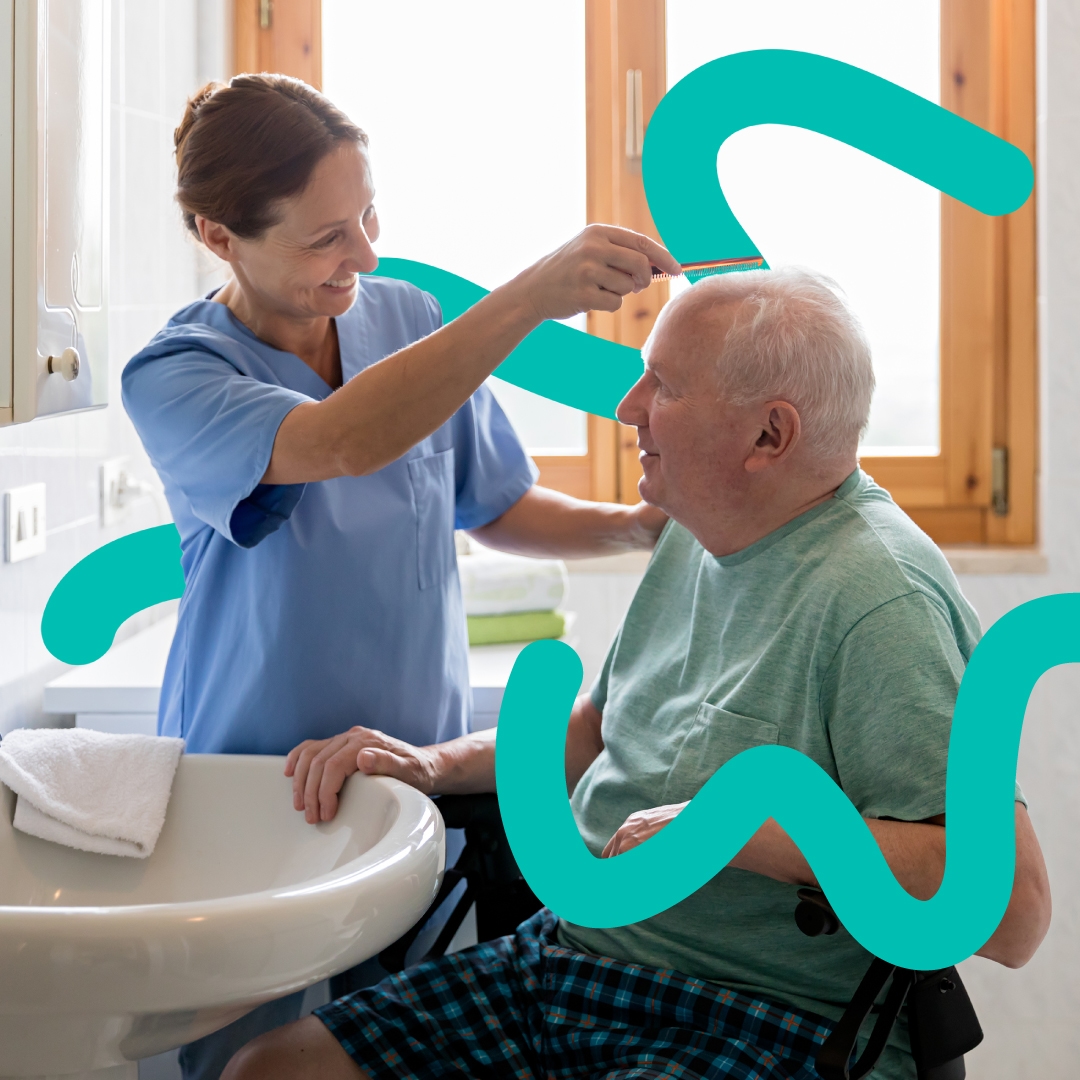Janet Anderson, the chief of the regulatory body, emphasised to delegates at the Aged Community Care Providers Association’s Queensland conference the importance of reviewing the data compiled by the Aged Care Quality & Safety Commission. She specifically highlighted the value of its quarterly performance reports as a tool for gaining insight into individual and collective performance within their respective contexts.
The reports include details on both the number and types of complaints directed at the home care sector. Despite potential negative perceptions from some providers, Ms. Anderson conveyed that the commission’s viewpoint aims to foster a healthy and dynamic complaints system where individuals feel empowered to raise concerns comfortably.
‘Remedy the problem and fix what’s going on’
Ms. Anderson revealed that communication issues between providers and their clients accounted for four out of ten complaints. This finding was not surprising given its implications for those delivering home services. Moreover, she expressed her hope for a future where complaints regarding fees and charges would no longer be commonplace.
Lack of consultation emerged as the predominant issue in complaints against home care providers according to Ms. Anderson, signalling substantial improvements needed in client engagement regarding care planning and delivery. The latest quarterly report indicates an improving trend in compliance levels, according to Ms. Anderson. However, she emphasised that there is still significant progress to be made.
Addressing non-compliance issues, Ms. Anderson stressed the commission’s expectation for providers to “Remedy the problem to fix what is going on. Then we expect you to engage with those who have been affected by the non-compliance to restore their trust in you and then we expect you to do the necessary analysis to ensure that whatever you need to do to prevent it from happening again is done.”
Neglect: the number one incident
Studying the Serious Incident Response Scheme data, it was found that neglect continued to be the most prevalent incident. Ms. Anderson informed delegates that neglect encompassed instances of missed shifts. “We know that is a hazard of delivering home services,” she said. “But it’s also a hazard for the consumer because if somebody doesn’t turn up and they’re expected to turn up, something doesn’t get done. And if that is something that is important to that individual’s wellbeing, you might be placing them at risk.” Ms Anderson asked delegates what they were going to do to turn “that curve into a correction?”
Reports of elder abuse, often committed by family members, are also alarmingly prevalent. Ms. Anderson urged providers to take decisive action, stating, “Whether it involves discussing the issue with another family member or reporting it to the police or taking any necessary steps.”
Ms. Anderson informed the delegates that rules and obligations were in place to ensure a common goal was accomplished: “We all need and want a thriving aged care sector,” she said. “And I think we’re on the way to that, we’re not there yet, and we may not fully land there, but if we understand that coalescence of drive and ambition, we will achieve a lot together.”
CareLineLive: An excellent addition to every home care service
The home care landscape sees a surprisingly high frequency of missed visits, despite the available opportunities to address ongoing issues. Specifically, the use of technology tailored for the home care market can effectively tackle inefficiencies in this area. CareLineLive provides a variety of features, including an outstanding care rostering and management feature that aims to substantially diminish missed visits, rendering them obsolete.
The system enables instant and accurate recording of carer visits through GPS and QR code scanning, capturing location details as well as check-in and check-out times. This functionality streamlines invoicing, payroll, rostering administration, and improves record-keeping to meet compliance standards.
At CareLineLive, our primary focus is on the well-being and safety of both service users and service providers. Care workers can rely on the precision of their recorded visiting hours and locations while managers can have confidence that a safe and punctual service is consistently delivered. We achieve this by continuously developing features that align with the demands of the home care market and customers feedback.
Book a demo today!
To take a look at what CareLineLive offers book your free, no obligation demo here.



